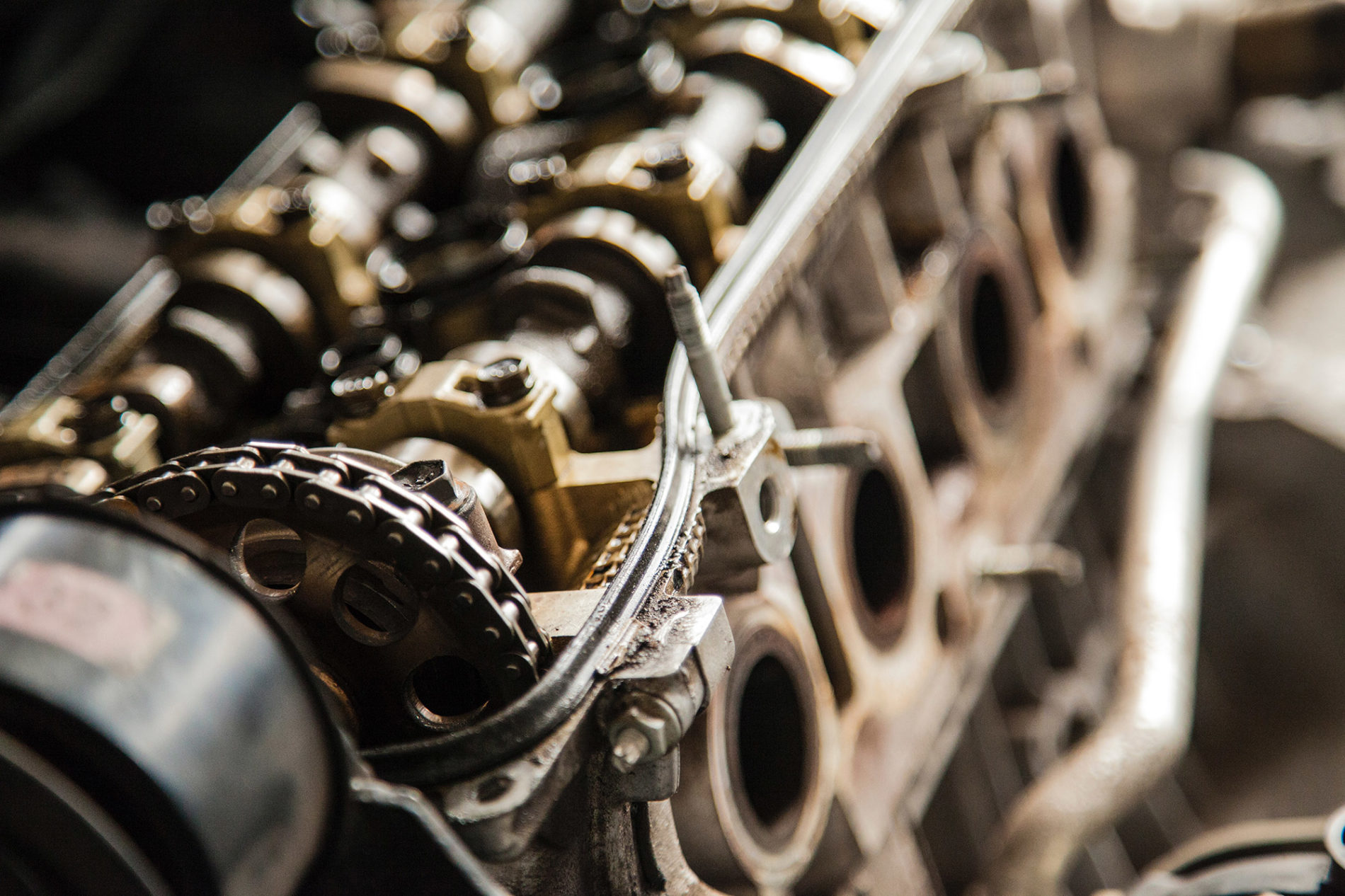Achates Power’s innovative 3-cylinder, 10.6L opposed-piston heavy-duty diesel engine has achieved performance results that comply with pending 2027 requirements of the US Environmental Protection Agency (EPA) and California to reduce sharply emissions of nitrogen oxides (NOx). Engine and aftertreatment system development and performance assessments were conducted at the Achates Power facility in San Diego and the Aramco Research Center-Detroit.
It is a major development for a project that aims to improve the environmental performance of commercial vehicles using hydrocarbon fuels.
The most recent test of the engine, including aftertreatment, measured 0.02g per brake horsepower-hour (g bhp/hr), demonstrating the capability of the engine to be certified under California’s ultra-low NOx regulation, which requires diesel commercial vehicle engines to reduce NOx by 90% by 2027 to no more than 0.02g bhp/hr over the Federal Test Procedure (FTP) cycle.
Furthermore, the 10.6L was measured at 422g CO2—more than 8% below the current standard of 460g CO2, exceeding the 2027 EPA regulations of 432g of CO2 over the Supplemental Emissions Test (SET) cycle.
These results were achieved with a conventional, underfloor-only, single Diesel Exhaust Fluid (DEF) injection aftertreatment system, which makes the whole powertrain system less complex and less expensive, and reduces the risk of non-compliance with emissions regulations.
The original design included a light-off SCR using gaseous ammonia, closely coupled to the engine in the engine compartment, and an under-cab ATS (aftertreatment system) that includes a DOC and SCR on filter (SCRf). During the development the project team was able to exceed the program expectation for engine-out NOx and exhaust temperature control in the catalyst warm-up mode and concluded that the tailpipe NOx targets could be met without the close-coupled light-off SCR.
For program continuity, the downstream ATS with DOC and SCRf continues to be used, but future designs could replace SCRf with a more conventional DPF and SCR configuration to further reduce cost, complexity, and compliance risk.
These results show that the Opposed-Piston technology is able to meet our sustainable transportation goals, reducing criteria pollutants while also emitting less carbon dioxide. At a time when the industry is contemplating many technology options to address clean energy it’s important to have pragmatic solutions in the conversation that can have more immediate impact, and meeting or beating the most stringent regulations with less cost and complexity and no reliance on enabling infrastructure is compelling.
David Crompton, president and CEO, Achates Power
The 10.6L opposed-piston engine was developed as part of a demonstration project, led by CALSTART and funded by the California Air Resources Board (CARB), to demonstrate a low CO2, ultralow NOx opposed-piston heavy-duty diesel engine. (Earlier post.)
In addition to CARB, the South Coast Air Quality Management District, the San Joaquin Valley Air Pollution Control District and the Sacramento Metro Air Quality Management District are providing funding for the program.
Originally posted on Green Car Congress (December 18, 2020) (View original article on Green Car Congress)
